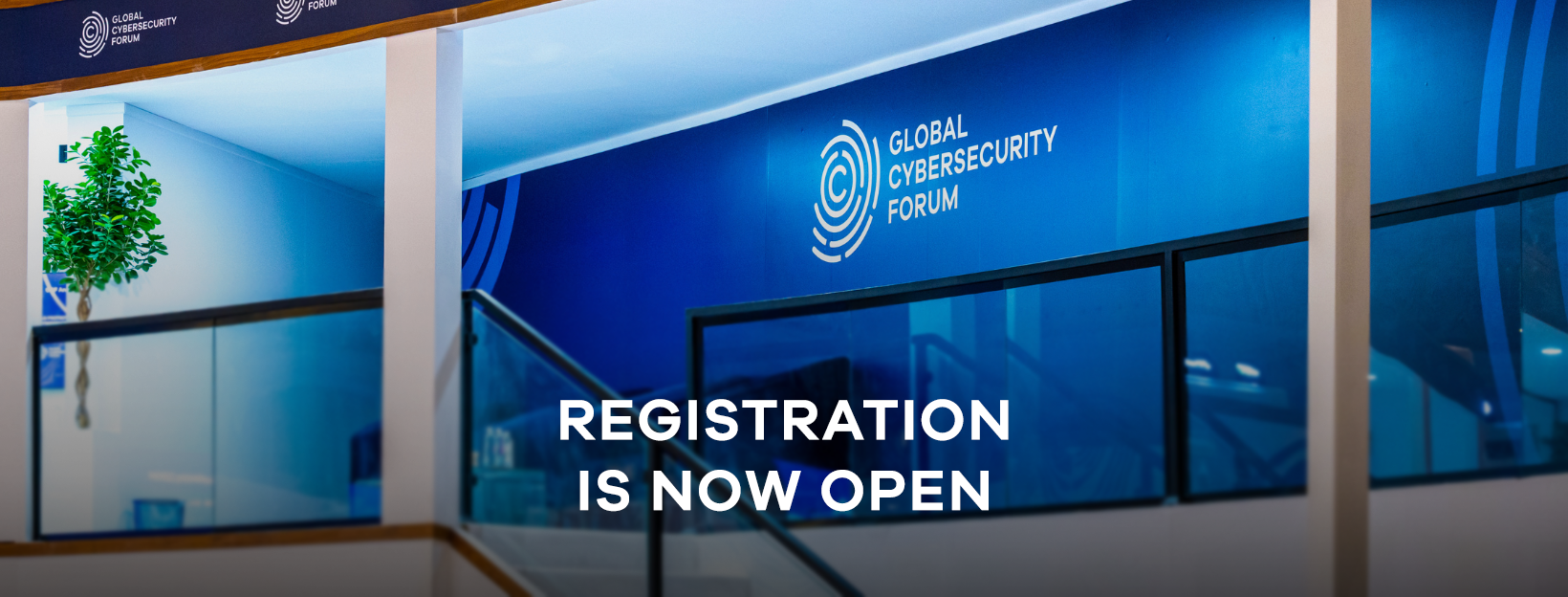- Home/
- Knowledge Hub/
- Cyber Inclusion: Protecting the World’s Most Vulnerable.../
Cyber Inclusion: Protecting the World’s Most Vulnerable Online

Billions of people connect to knowledge, opportunity, and community in Cyberspace. But secure and meaningful access to its benefits remains out of reach for many. While governments, industry leaders, educators, and civil society are striving to address challenges to access and security, progress is fragmented. Can global stakeholders scale collective action effectively to strengthen protection and expand opportunities – particularly for the world’s most vulnerable communities?
Child cyber safety
By the age of 12, 93% of children are active in Cyberspace. Many of the platforms central to their socialization, learning, and entertainment have invested in safety features. However, given their significant and growing exposure, children remain especially vulnerable to cyberbullying, harassment, exploitation, and inappropriate content. Globally, 72% of children have experienced a cyber threat – yet over 50 countries lack basic national child helplines, leaving a critical gap in protection and support systems.
The Child Protection in Cyberspace (CPC) initiative, instated by HRH Prince Mohammed bin Salman, Crown Prince and Prime Minister of Saudi Arabia, and implemented by GCF, brings together global partners including the International Telecommunication Union (ITU), United Nations Children’s Fund (UNICEF), and DQ Institute to further advance global responses to risks and strengthen child-centered cyber safety efforts. Under the CPC initiative, a research partnership with WeProtect Global Alliance will explore the risks facing children on gaming platforms to inform stronger preventative safeguards.
Reflecting this growing momentum, on 8 July 2025, the United Nations Human Rights Council adopted a resolution on child protection in Cyberspace, following a proposal by Saudi Arabia, informed by the CPC initiative. The resolution will advance the initiative’s strategic objectives and support the development of national frameworks by promoting international cooperation, technical assistance, and global capacity-building.
Rebuilding trust for older generations
For older adults, Cyberspace offers vital access to social, financial, and healthcare services. Yet this group is nearly twice as likely to be targeted by phishing attacks, as cyber criminals exploit their psychological and emotional vulnerabilities. Seniors lost almost $4.9 billion to cyber fraud in 2024 – a 43% increase over the previous year.
Aligning international stakeholders to design cybersecurity measures that are protective and intuitive for seniors can strengthen their trust and confidence in Cyberspace and unlock opportunities to enhance their quality of life.
Advancing systemic inclusion
With 1.3 billion people living with significant disabilities, according to the World Health Organization (WHO), barriers in navigating Cyberspace can compound other socioeconomic insecurities. A global review of one million homepages found that 96% had accessibility issues. People with disabilities are also over 50% more likely to face barriers in accessing cyber services – including security verification techniques.
As technologies evolve, inclusive and human-centered design is essential to balancing security with meeting the diverse needs of global populations, not only enabling safe access to Cyberspace but also unleashing innovation and the meaningful participation of billions of people.
Bridging gaps in resilience
An inclusive Cyberspace can also contribute to fulfilling global development goals. Developed economies show cyber capacity scores over four times higher than Least Developed Countries (LDCs), which are currently exhibiting the same level of cybersecurity readiness that many non-LDC’s enjoyed in 2021. These cyber capacity gaps limit the ability of citizens and businesses to effectively mitigate risks, signaling the urgent need for accelerated action and targeted support to overcome limited technical expertise and deficiencies in policy implementation.
Closing these gaps requires investment in local expertise and infrastructure, and inclusive international cooperation.
Toward a more inclusive global ecosystem
“All of our citizens deserve to have some confidence ... in Cyberspace, that it will work as intended. Those citizens have a common need...We’ve got to organize around that principle.”
Cross-sector, multistakeholder collaboration is essential to creating a safer, more inclusive Cyberspace. Partnership initiatives around child cyber safety show what is possible when stakeholders align efforts – and signal a path forward to protect and empower other underserved groups, including older adults, people with disabilities, and nations facing structural limitations.
Be part of the GCF community’s efforts STRENGTHENING CYBER INCLUSION at the GCF Annual Meeting 2025. Together, we can build a cyber future where no one is left behind.
Latest Updates



